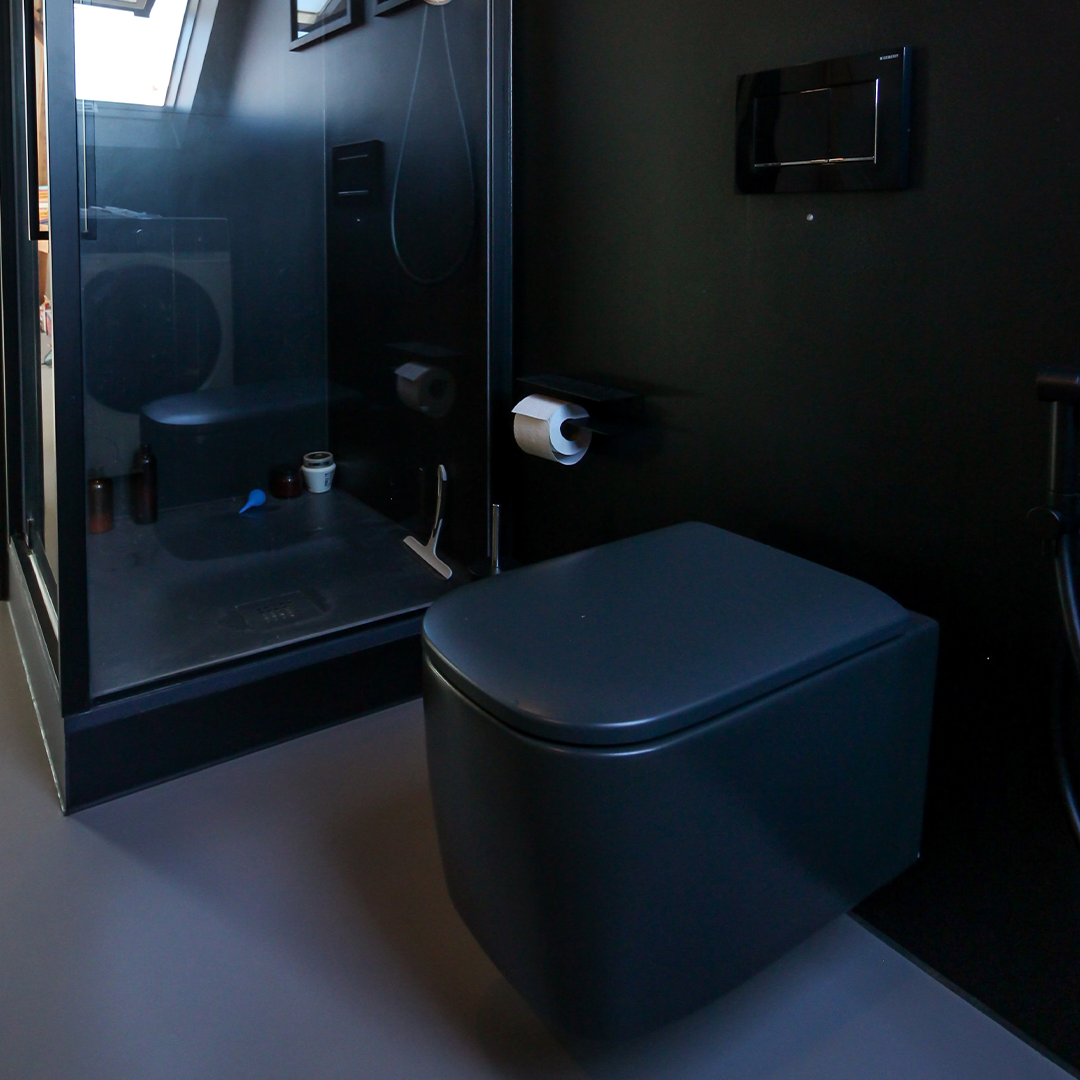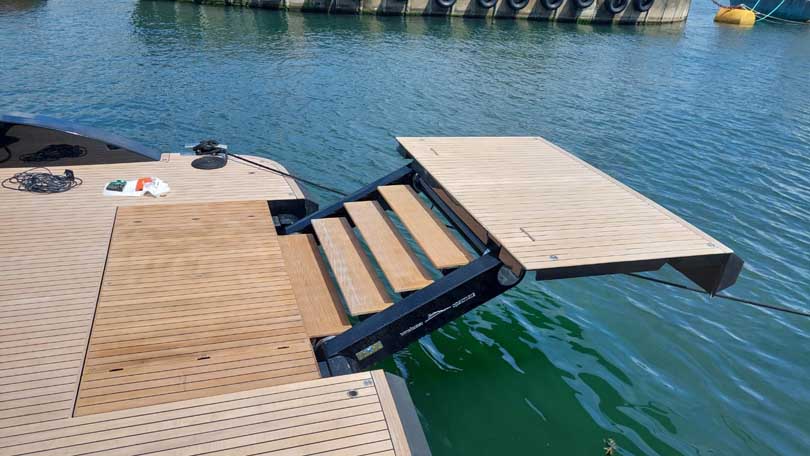This is some text inside of a div block.
How to diagnose the source of odour on your boat toilet
Guide

There are many challenges that you might face while out at sea. One of the forgotten challenges is a dysfunctional or broken boat toilet – especially one that smells. Luckily, there are measures that you can take in order to diagnose the source of that horrid smell, whether it be a leak or a worn-down part. Read on to learn all there is to know about sorting out boat toilet odour, and to avoid unfortunate smells while out on the open water!
Common issues and how to diagnose them
- Check the discharge hose. Rub down the hose with a clean, damp cloth – then sniff it. If you can detect an odour on the hose, this means that the hose is permeable and thus likely to diffuse a smell. The solution for this is to replace the damaged hose.
- Look at your connections. If you’re worried that your boat toilet connections are leaking, do the cloth test again as you did to check the discharge hose. While doing this, also check your piston rod sealing. It should be intact; if it isn’t, then this may be the source of the smell.
- Marine biology. Sometimes, you may find that marine biology and grass may be clogging up in your boat toilet pipes. This could be the source of the nasty smell for two reasons. Firstly, if it’s a copious amount of bio-waste, then it may cause a pipe to fracture and split, causing leaks. The second reason is that if it is seaweed, marine grass, or anything similar, then it’s likely to start decomposing while trapped in the pipelines – emitting a nasty smell once more.
Things you can do to maintain an odourless boat toilet
- To prevent anything clogging up in your pipes, install a strainer in the intake line.
- Check that your anti-siphon valve is fitted properly. If incorrectly fitted, the valve will release odours back into the boat as opposed to outwards at sea.
- Lubricate the pump cylinder walls with petroleum jelly. This ensures flow is consistent and easy, preventing a backlog of waste that could start to smell.
For all the support you need surrounding boat refits and repairs, boat toilets, boat seats, signs, and more, get in touch with a member of the Aquamare Marine team.
Discover products we offer


